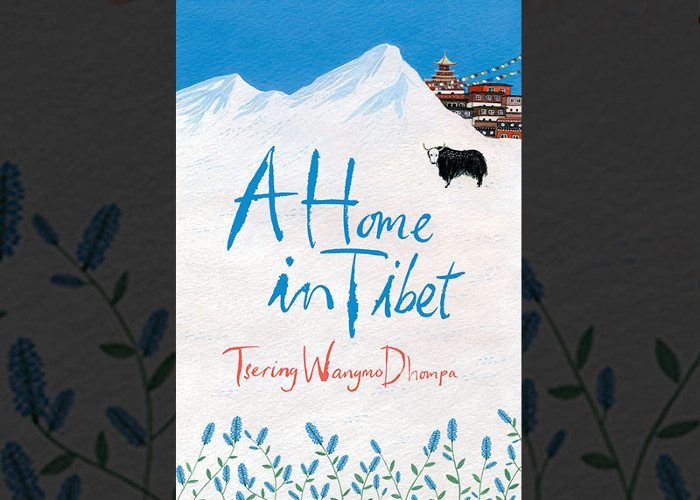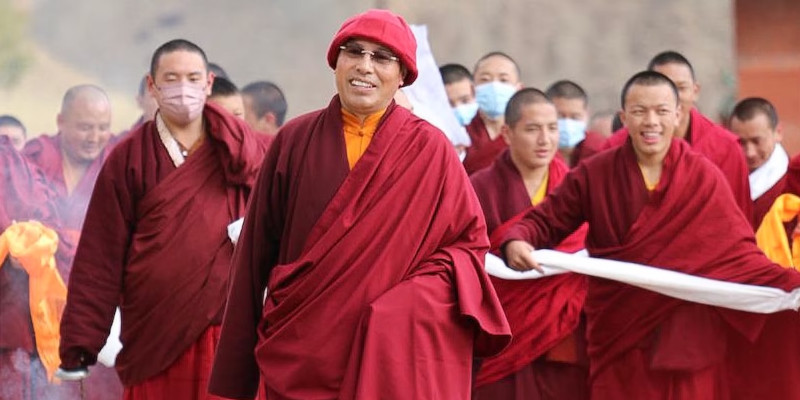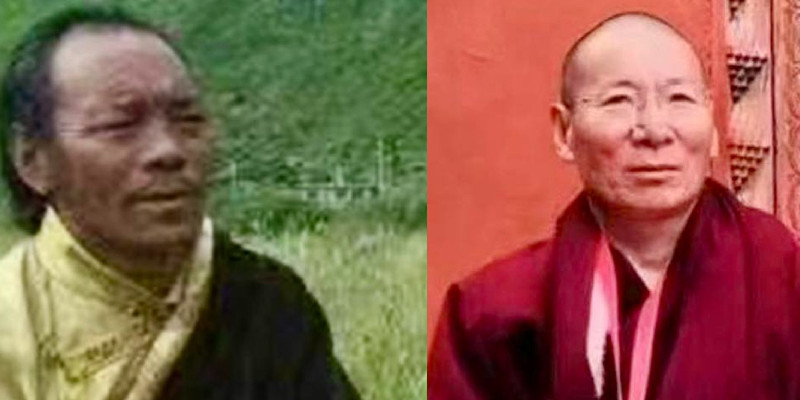by Thubten Samphel* as Published in Hindustan Times on 27 September.
It is not easy to classify Tsering Wangmo Dhompa’s debut book, A Home in Tibet, into any genre. How should we read her book, as a memoir or a travelogue? Perhaps, it is both and in this sense, is evocative of Colin Thubron’s To A Mountain in Tibet. Both writers’ journey to Tibet was set off by the death of their mothers, leaving the two writers bereft and spurring them to recount their contrasting experiences in two different but compelling stories with the same motif of death, memory and life.
In Thubron’s case, his mother died in a hospital ward, perhaps of natural causes. But this sets him off into meditation and on a journey to Mount Kailash, the Precious Mountain, in western Tibet. As Thubron explains, “You cannot walk out your grief, I know, or absolve yourself of your survival, or bring anyone back… Then you go on a journey (it’s my profession, after all), walking to a place beyond your own history, to the sound of the river flowing the other way. In the end you come to rest at a mountain that is holy to others.”
In Dhompa’s case, her journey to Tibet was triggered by the death of her mother in a tragic road accident in the growling and choking traffic of north India in the early 1990s. Dhompa recounts the tragedy. “A man emptying his bowels in a field witnessed the collision on the highway. A truck is a powerful beast, he would comment later to a police officer. He saw a jeep spin like a dizzy house sparrow. The man’s peaceful morning ritual had been shattered by the intrusion of death.”
Dhompa’s haunting A Home in Tibet is an intensely personal journey to Tibet to discover her late mother’s homeland and the roots of the author’s identity. It is a journey to redeem, remember and reclaim her mother’s memory. At the heart of Dhompa’s memoir and her journey to the Land of Snows is the love of Tibet bequeathed to the daughter by her mother. While alive, the author’s mother had waited years to end her suffering. “She gave her suffering one name: exile” Her mother had been long gone but her memories of Tibet stayed with the daughter. This prompted the author to make her own way to Tibet’s wild east, a land of brigands and swagger, of immense personal courage, unending tribal feuds and fine horsemanship or, these days, of bikemanship. It is a journey to find herself by reliving her mother’s memories through connecting with her remaining family members, her homeland’s landscape, the mountains, rivers and lakes and the gods and spirits who reside in them. By doing this, the author hopes to experience Tibet as lived by her mother.
As Dhompa says, “We travel with ease as fresh snow crackles under the vehicle. The mountains surround us so that I feel I am carried within them. I am watched over by the deities of the land. I tell myself a story so I remember. A long time ago, the mountain deities of Tibet and the mountain deities of China went to war…
“And because beautiful daydreams are made of mountains, home and freedom, I dream a different ending. “Lha Gyalo. May the gods be victorious.” A Home in Tibet is the first book written by a Tibetan woman born and educated in exile. With this book, Dhompa joins the ranks of Rinchen Lhamo of We Tibetans, Rinchen Dolma Taring of A Daughter of Tibet and Jetsun Pema of Tibet: My Story, all towering women who have told their personal stories and in doing so told Tibet’s story to the world. Rinchen Lhamo, Rinchen Taring and Jetsun Pema were born in the cultural and social milieu of old Tibet and the last two witnessed the upheaval caused by the Chinese presence in Tibet.
Their books are with us to explain that great disruption and what was disrupted. Dhompa’s is to learn and discover the old Tibet and explain the new. And she does it with a sensitivity and keen observation that enlivens and sustains her considerable narrative skill.
*Thubten Samphel is the director of the Tibet Policy Institute and author of Falling Through the Roof, a work of fiction.







Leave a Reply